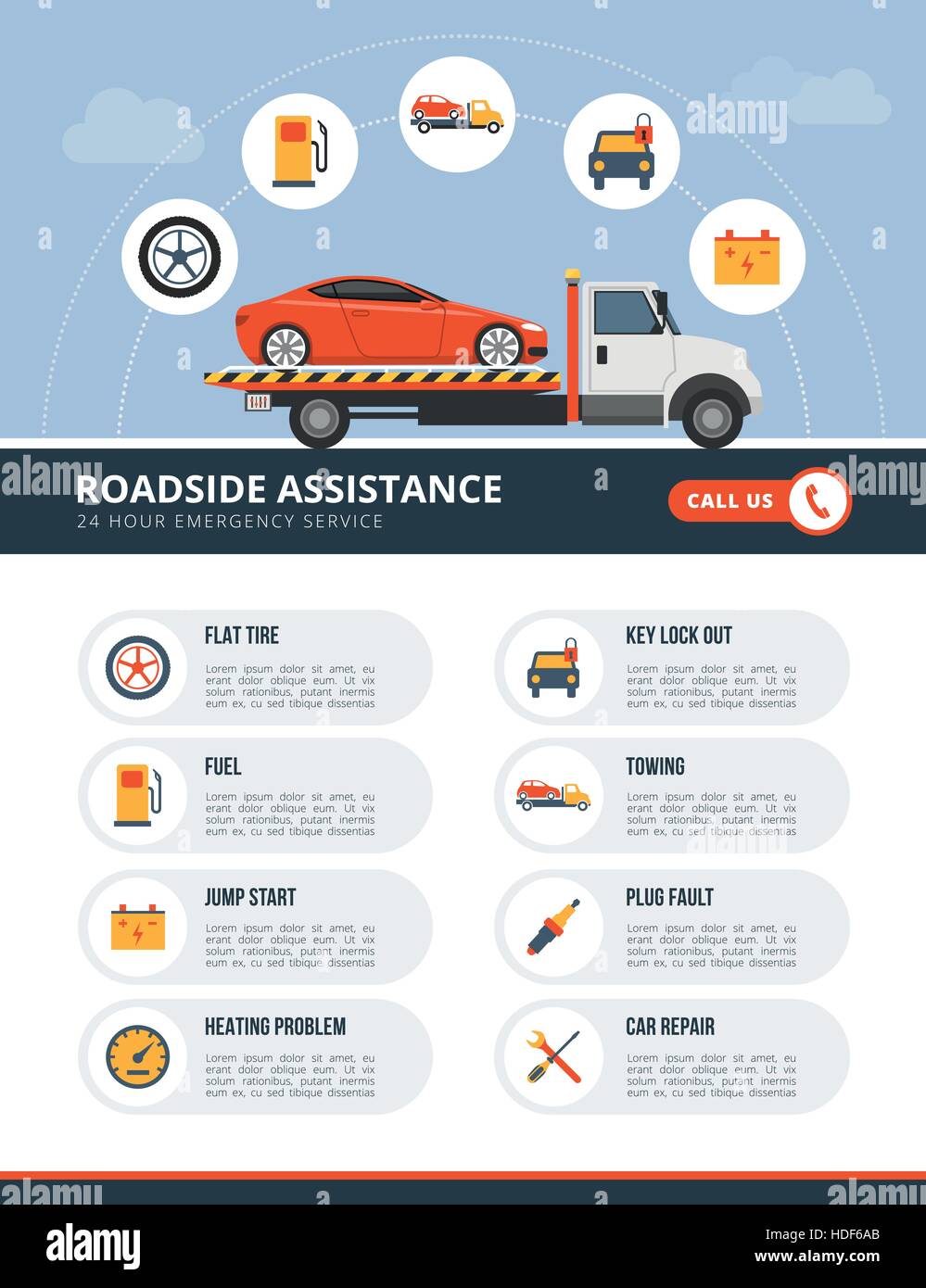When you're behind the wheel, those radiant warning lights on your control panel can be a bit complicated. Do you recognize what they're trying to inform you regarding your cars and truck's health? Understanding the significance of these lights is vital for your security and the long life of your vehicle. So, the following time among those lights turns up, wouldn't you intend to understand its message precisely and take the needed steps to address it?
Common Warning Lights and Interpretations
Determine typical caution lights in your vehicle and comprehend their meanings to guarantee risk-free driving.
The most common warning lights include the check engine light, which signifies concerns with the engine or discharges system. If Suggested Internet page begins, it's vital to have your vehicle inspected quickly.
The oil stress alerting light shows low oil pressure, calling for immediate interest to stop engine damage.
A blinking battery light may recommend a defective billing system, potentially leaving you stranded otherwise resolved.
The tire stress surveillance system (TPMS) light informs you to reduced tire pressure, impacting automobile security and gas effectiveness. Ignoring https://www.fox29.com/news/fire-breaks-out-in-ambler-auto-body-shop-septa-service-impacted can result in unsafe driving conditions.
The ABS light suggests an issue with the anti-lock stopping system, endangering your capacity to quit swiftly in emergencies.
Finally, the coolant temperature level cautioning light warns of engine overheating, which can result in serious damages otherwise fixed quickly.
Understanding these usual caution lights will certainly help you address concerns without delay and keep risk-free driving conditions.
Significance of Prompt Interest
Recognizing the typical caution lights in your auto is only the initial step; the importance of immediately addressing these warnings can not be highlighted enough to ensure your safety when driving.
When a warning light illuminates on your control panel, it's your automobile's way of communicating a potential issue that needs focus. Overlooking these warnings can lead to more serious troubles down the road, compromising your security and potentially costing you more out of commission.
Prompt attention to warning lights can protect against breakdowns and accidents. For instance, a blinking check engine light might indicate a misfire that, if left neglected, can create damage to the catalytic converter. Addressing this without delay can conserve you from an expensive fixing.
In a similar way, a brake system warning light might signal low brake fluid or used brake pads, critical components for your security when driving.
Do It Yourself Troubleshooting Tips
If you see a warning light on your dashboard, there are a couple of do it yourself fixing suggestions you can attempt prior to looking for professional help.
The first step is to consult your vehicle's guidebook to recognize what the specific caution light indicates. Often the concern can be as easy as a loose gas cap triggering the check engine light. Tightening up the gas cap might fix the trouble.
One more common problem is a reduced battery, which can activate various cautioning lights. Examining the battery links for corrosion and guaranteeing they're safe and secure may fix the issue.
If a caution light persists, you can try resetting it by disconnecting the cars and truck's battery for a few minutes and after that reconnecting it. In addition, checking your vehicle's fluid levels, such as oil, coolant, and brake fluid, can help repair cautioning lights associated with these systems.
Verdict
Finally, recognizing your auto's caution lights is important for maintaining your automobile running efficiently and securely. By promptly resolving these alerts and recognizing what they mean, you can prevent pricey repair services and possible failures.
Bear in mind to consult your vehicle's guidebook for specific information on each alerting light and take action accordingly to guarantee a hassle-free driving experience.
Stay informed, stay secure when driving!
